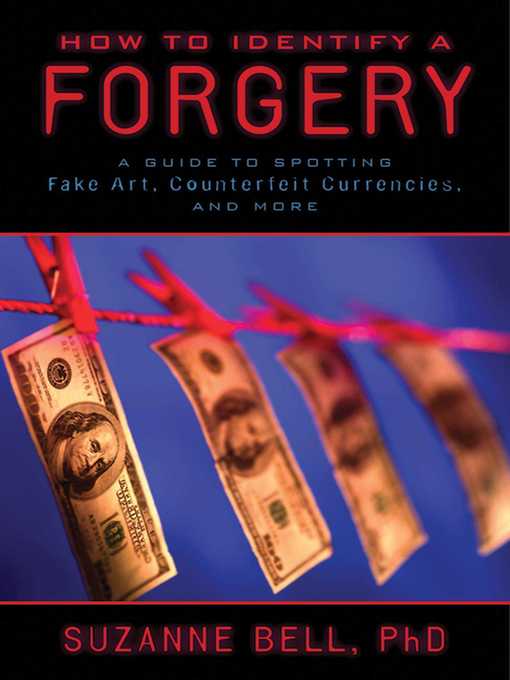How to Identify a Forgery contains information on:
How to Identify a Forgery contains illustrations, a glossary, and a detailed list of print and web resources. Sidebars on notable cases and pressing forensics issues throughout reinforce the text. Essential for students, teachers, collectors, and investigators who require information on proper forensic science practices, Dr. Bell's book is as fascinating as it is useful.
